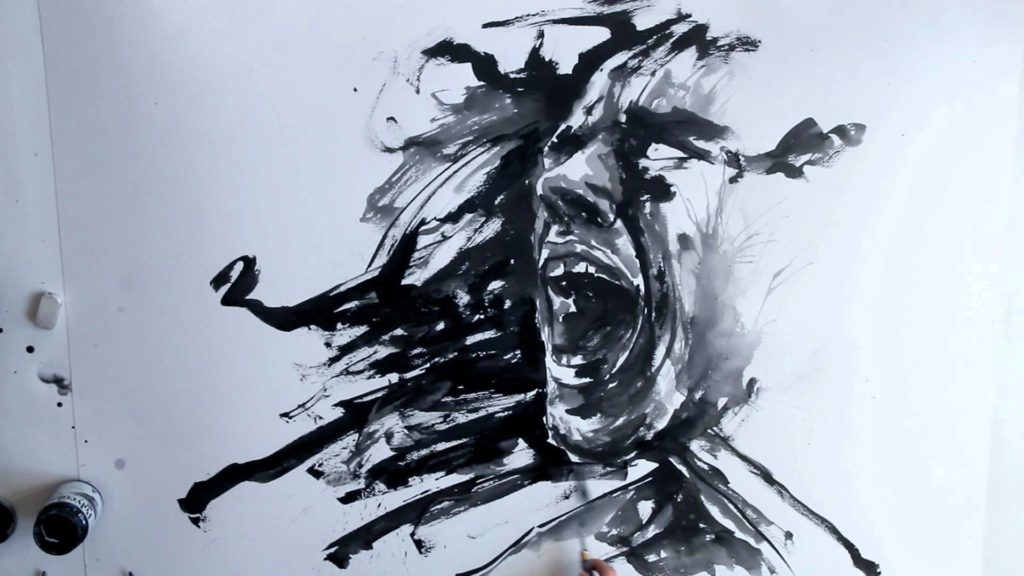Cluster headaches are excruciating attacks of pain in one side of the head, often felt around the eye.
They’re estimated to affect around 1 in 500-1,000 people. Anyone of any age can be affected, but they’re more common in men and tend to develop in people over the age of 20.
It’s not clear exactly what causes cluster headaches, but they’ve been linked to activity in part of the brain called the hypothalamus. People who smoke seem to be at a higher risk. Some cases also appear to run in families, which suggests there may be a genetic link.
For most people, cluster headaches occur in recurrent “bouts” over several weeks (typically 4-12 weeks) followed by headache-free periods (remission) that often last for months, or sometimes years.
Cluster headache bouts may occur every year over many years and may be lifelong. In general, they become less frequent over time. Treatment is available to control them.
Symptoms of a cluster headache
Cluster headaches begin suddenly and without warning. The pain is very severe and is often described as a sharp, burning or piercing sensation on one side of the head. The pain is typically felt around the eye, temple and sometimes face, and typically recurs on the same side for each attack.
Often people feel restless and agitated during an attack because the pain is so intense, and may react by rocking, pacing or banging their head against the wall.
They commonly also have at least one of the following associated symptoms:
a red and watering eye
drooping and swelling of one eyelid
a smaller pupil in one eye
a sweaty face
a blocked or runny nostril
a red ear
These attacks generally last between 15 minutes and three hours, and typically occur between one and eight times a day.
Pattern of attacks
Cluster headaches usually occur every day, in bouts lasting several weeks or months at a time, before they subside. Remission will often follow, which sometimes lasts months or years before the headaches start again.
During a cluster headache bout, the headaches often occur at the same time each day. For example, people often wake up with a headache within a couple of hours of going to sleep. The attacks also seem to recur at similar times of the year, most often in spring and autumn.
Some people notice certain triggers for their headaches during a period of attacks, such as:
drinking alcohol
warm temperatures
exercise
strong smells, such as perfume, paint or petrol
Cluster headache bouts separated by a remission period of one month or more are known as episodic cluster headaches. Those separated by a remission period of less than one month, or present for at least 12 months without remission, are known as chronic cluster headaches.
About 10-20% of cluster headache cases are chronic.
Seeking medical advice
You should see your GP as soon as possible the first time you experience what you think may be a cluster headache.
They will ask you about your symptoms and may refer you for tests. In some people a brain scan is needed to exclude other conditions that can have similar symptoms to cluster headaches.
Typically, in cluster headaches the brain scan is normal and the diagnosis is made on the basis of your symptoms without the need for tests.
If you’re diagnosed with cluster headaches, you will usually see a specialist such as a neurologist (a specialist in conditions affecting the brain and nerves) to talk about your treatment options.
Treating cluster headaches
Cluster headaches aren’t life threatening, but they can cause significant suffering and severely affect your quality of life, so it’s important to see someone who is familiar with the known effective treatments for the condition.
The headaches can’t be treated with over-the-counter painkillers such as paracetamol, as these are too slow to take effect. You’ll need to have one or more specialist treatments instead.
Three main treatments are available to relieve pain when taken soon after a cluster headache starts. These are:
sumatriptan injections, which you can give yourself up to twice a day
sumatriptan or zolmitriptan nasal spray, which can be used if you would prefer not to have injections
oxygen therapy, where you breathe pure oxygen through a mask – read more about home oxygen treatment
These treatments usually relieve the pain of a cluster headache within 15-30 minutes.
Preventing cluster headaches
Your doctor may also prescribe medication to prevent cluster headaches during a headache bout. This involves starting treatment as soon as the headaches begin and continuing it until the bout is thought to have stopped.
The main treatment recommended to prevent cluster headaches is a medication called verapamil, which is taken as a tablet several times a day. You’ll need to be monitored by the doctor treating you with a test called an electrocardiogram (ECG) while taking this medication, as it can cause heart problems in some people.
Alternative treatments may be considered if verapamil is not effective. These may include corticosteroids, lithium medication and occipital nerve blocks (injections of a local anaesthetic into the back of the head).
There is now also a promising new treatment that uses a device to stimulate a nerve in the neck to prevent cluster headaches. This is known as external vagal nerve stimulation.
Preventative treatments can vary in effectiveness from person to person. A few different treatments may need to be tried before your attacks are under control.
